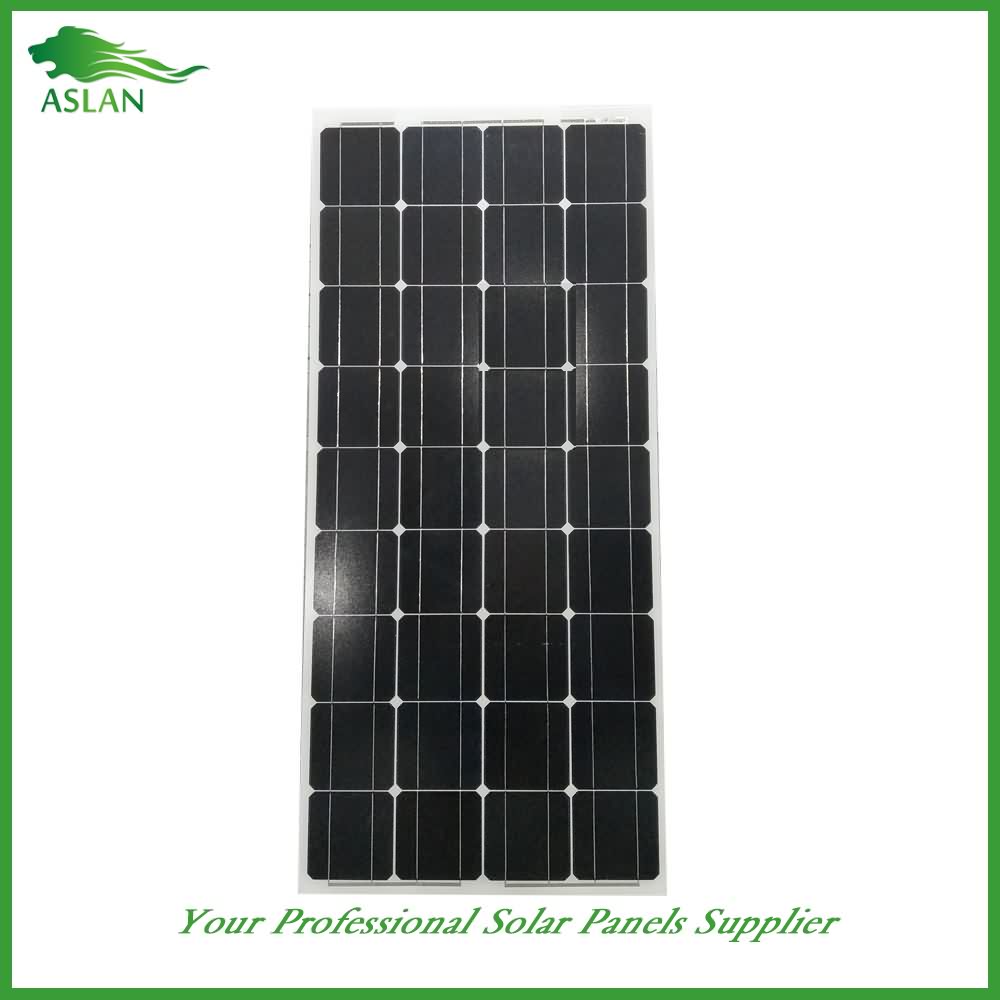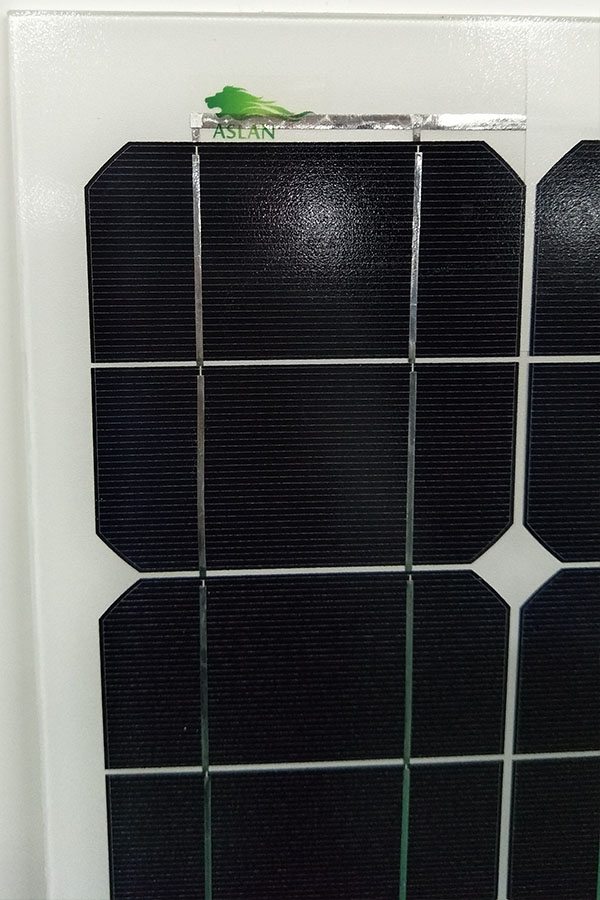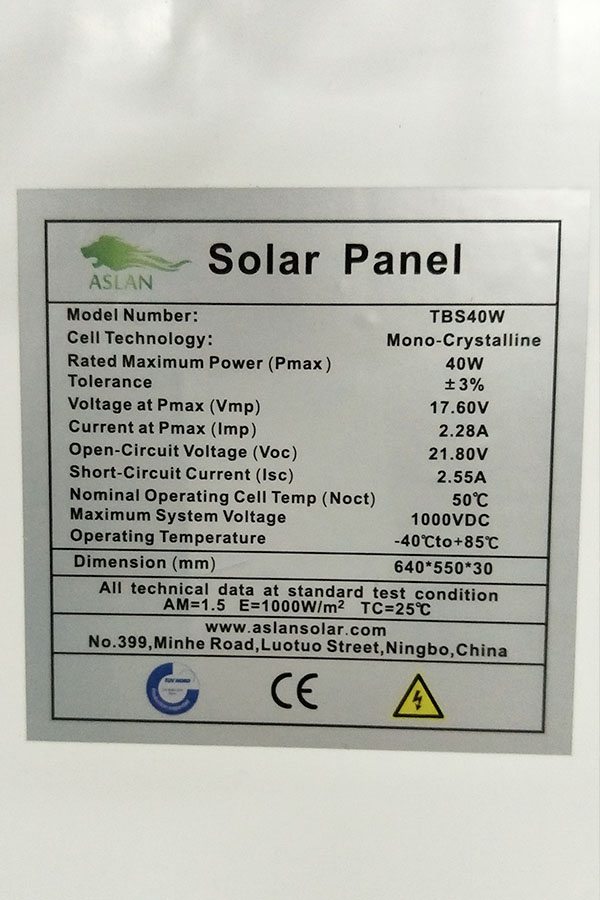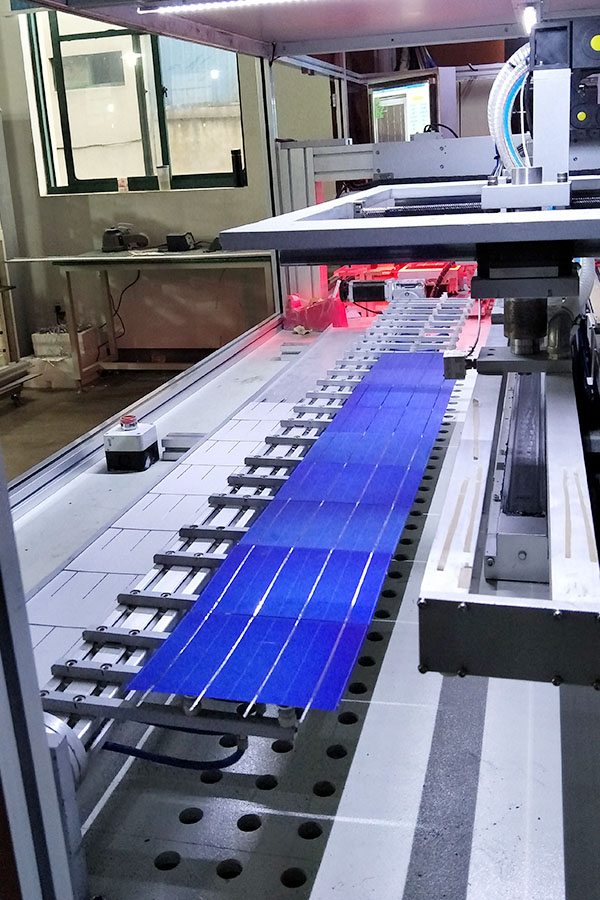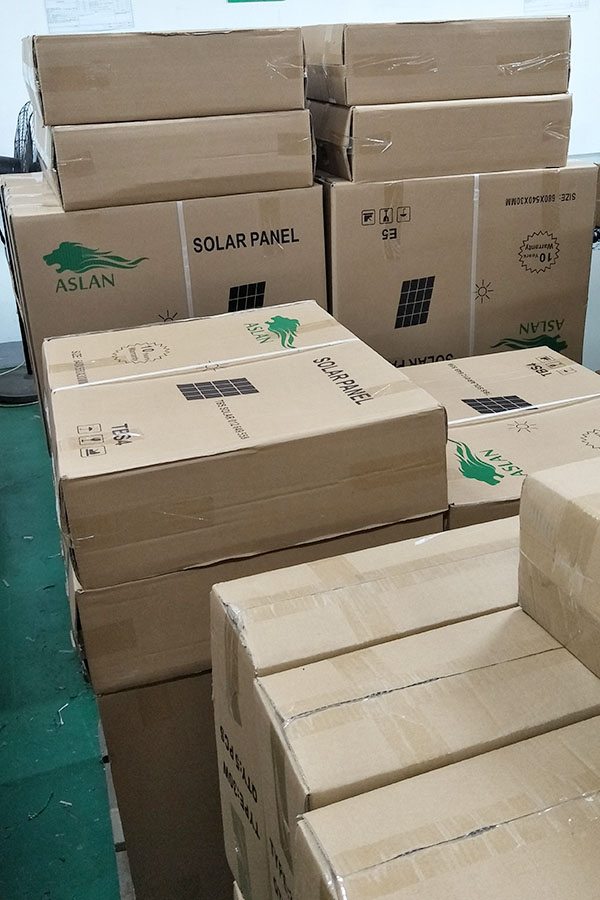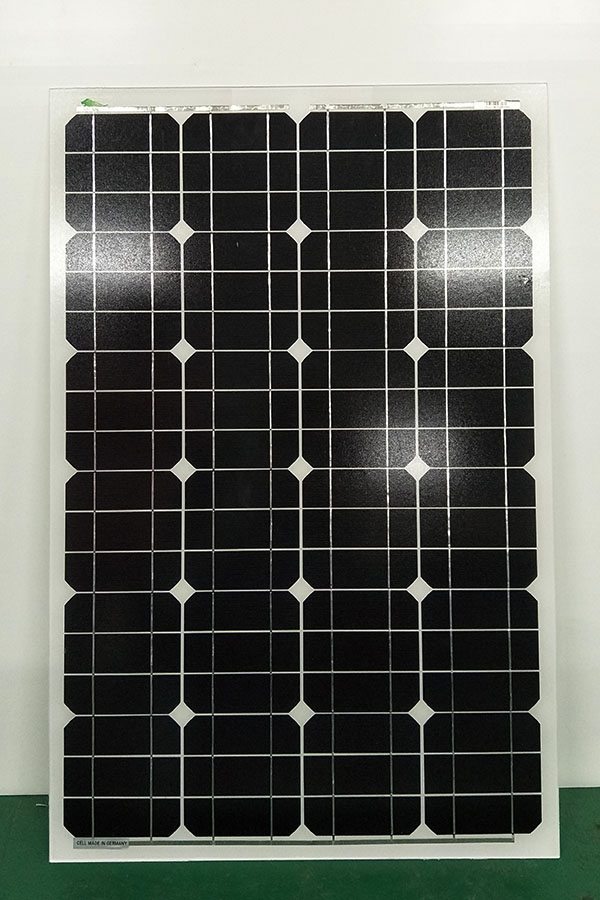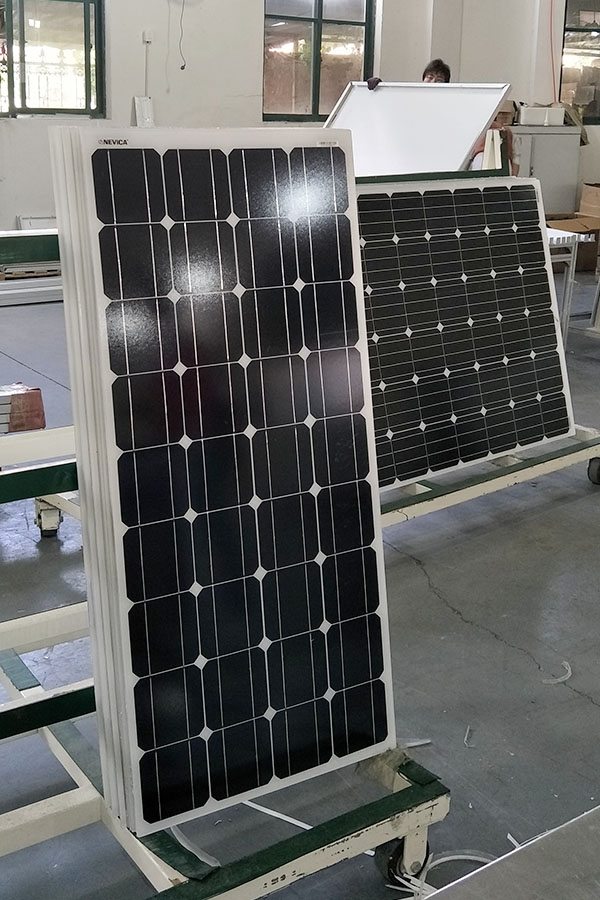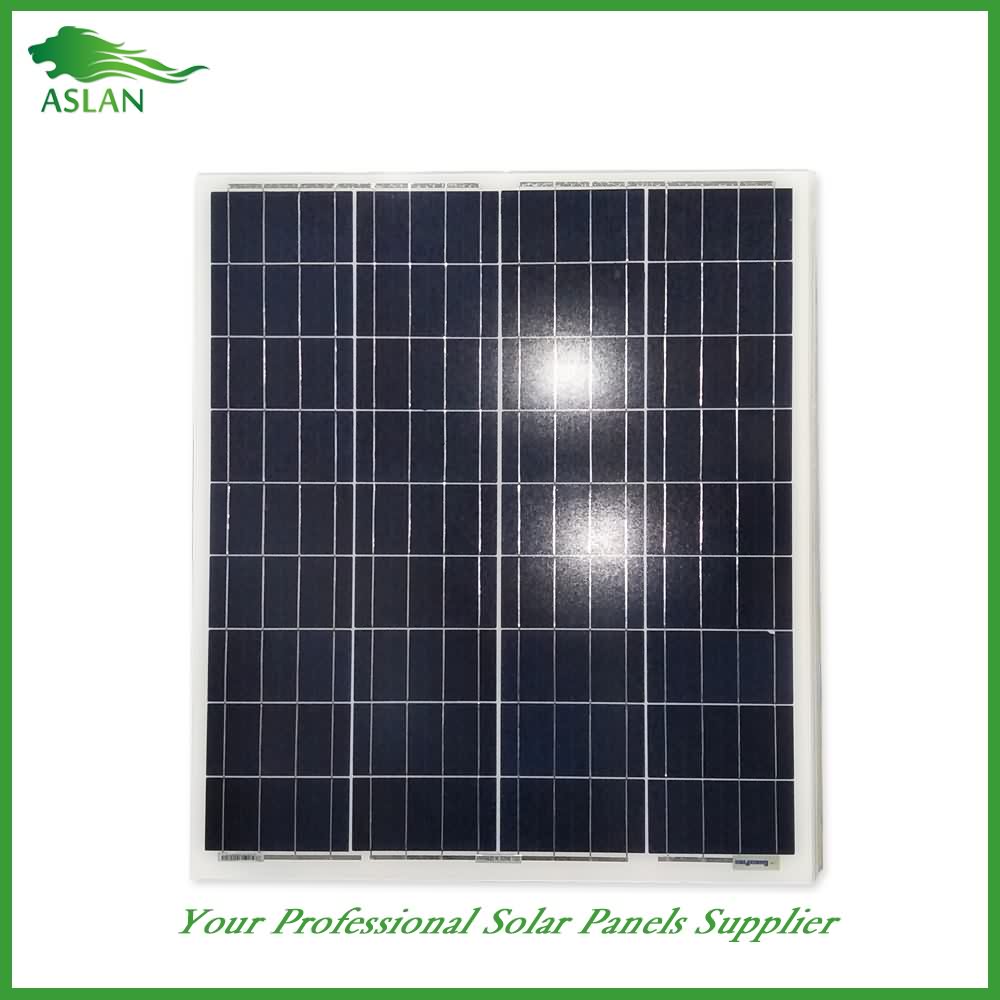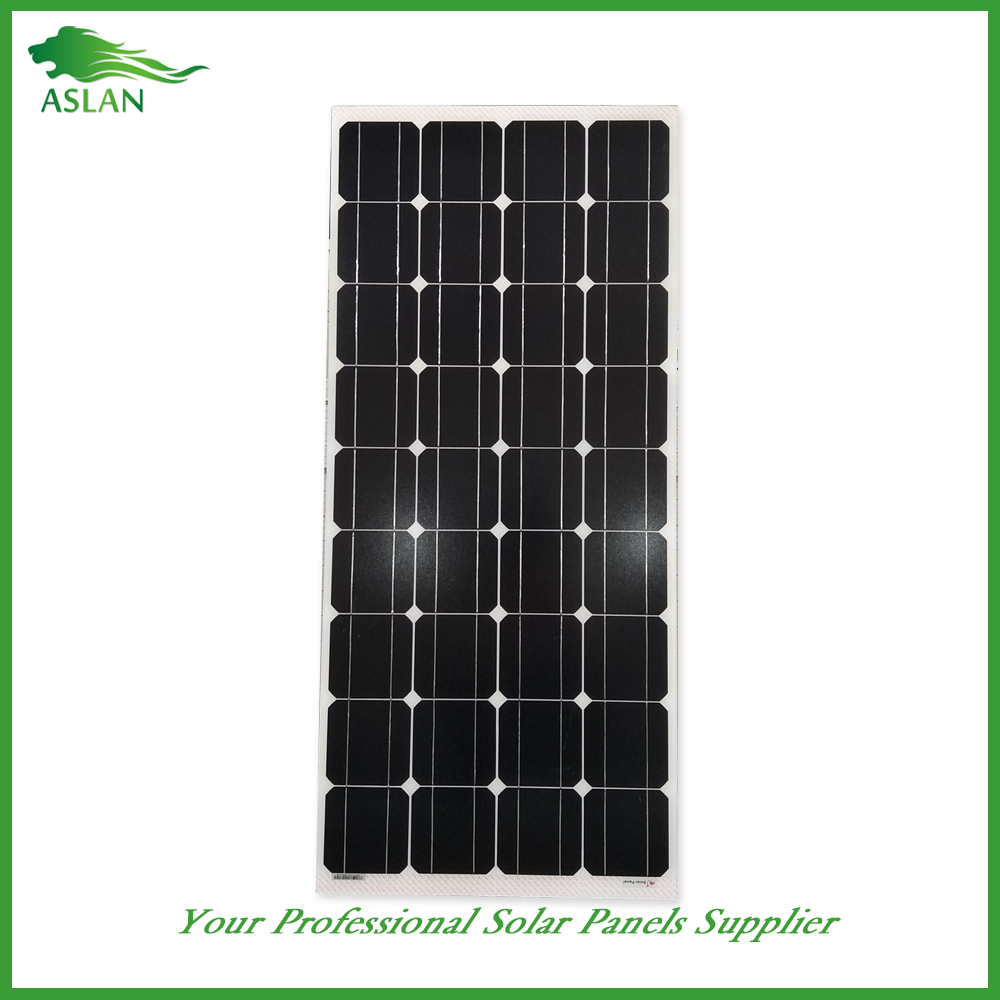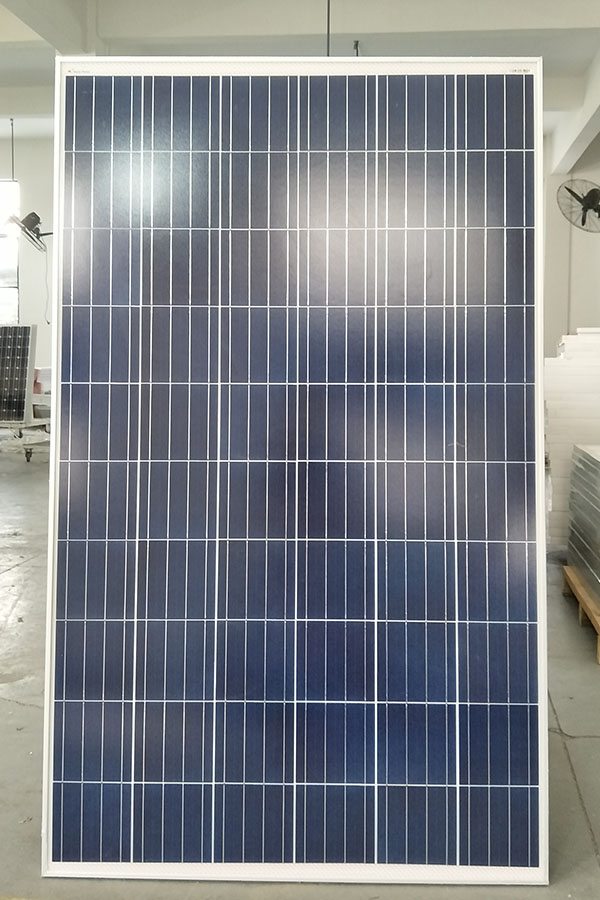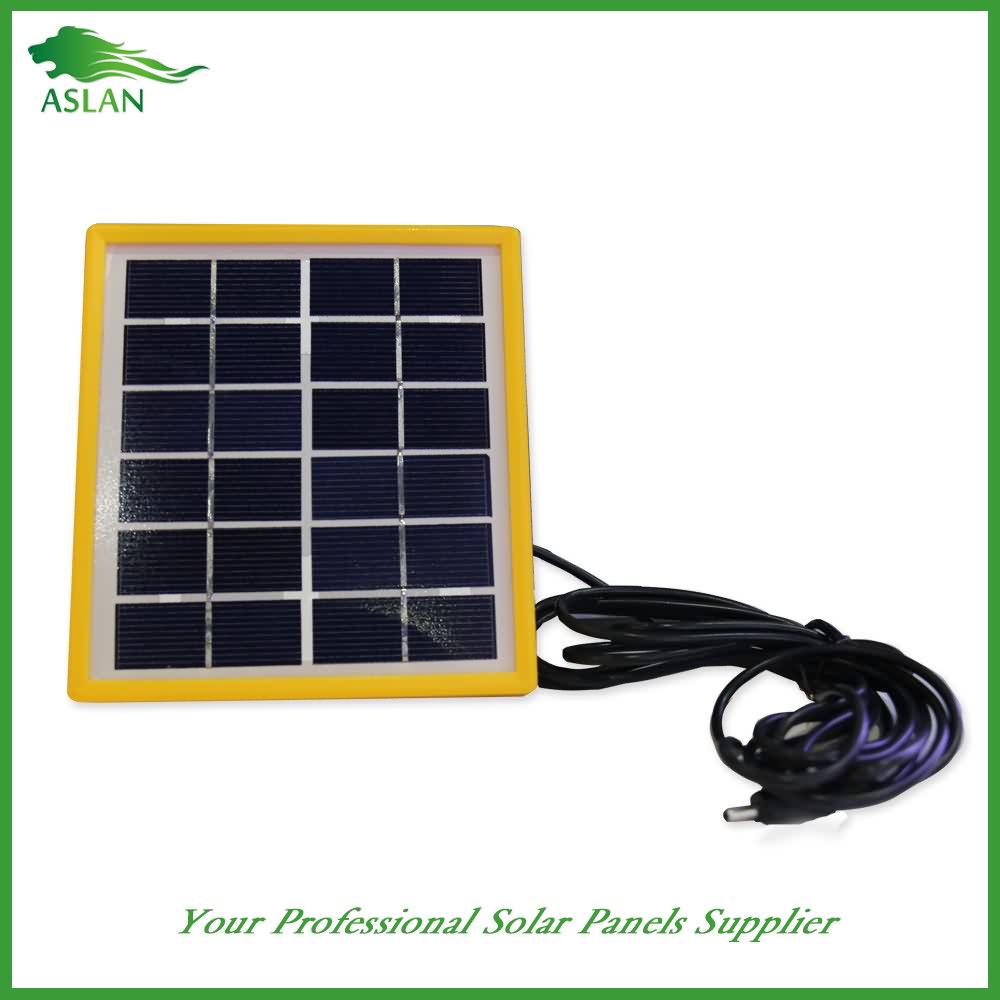20% OFF Price For Mono-Crystalline 100W Solar Panel for Czech republic Factory
Short Description:
Fast and good quotations, informed advisers to help you choose the correct product that suits all your needs, a short production time, responsible quality control and different services for paying and shipping affairs for 20% OFF Price For Mono-Crystalline 100W Solar Panel for Czech republic Factory, We warmly welcome friends from all walks of life to seek mutual cooperation and create a more brilliant and splendid tomorrow.
Mono-Crystalline 100W Solar Panel
Technical parameter
Maximum Power(W) 100W
Optimum Power Voltage(Vmp) 18.66V
Optimum Operating Current(Imp) 5.36A
Open Circuit Voltage(Voc) 22.72V
Short Circuit Current(Isc) 5.92A
Mechanical Characteristics
Cell Type Monocrystalline 125x125mm(5 inch)
No of Cell 36 (4x9pcs)
Dimensions 1200x554x35mm
Weight 7.8Kg
Front Glass 3.5mm,High Transmission, Low Iron,Tempered Glass
Junction box IP65 Rated
Output Cable TUV 1×4.0mm2/UL12AWG,Length:900mm
Temperature and Coefficients
Operating Temperature(°C): -40°C ~ + 85°C
Maximum System Voltage: 600V(UL)/1000V(IEC) DC
Maximum Rated Current Series: 15A
Temperature Coefficients of Pmax: -0.47%
Temperature Coefficients of Voc: -0.389%
Temperature Coefficients of Isc: 0.057%
Nominal Operationg Cell Temperature (NOCT): 47+/-2°C
Materials of solar panel
1).Solar Cell——Mono-crystalline solar cell 125*125mm
2).Front Glass——-3.2mm, high transmission, low iron, tempered glass
3).EVA——-excellent anti-aging EVA
4).TPT——-TPT hot seal made of flame resistance
5).Frame——anodized aluminum profile
6).Junction Box——-IP65 rated, high quality, with diode protection
Superiority: high quality anodized aluminum frame, high efficiency long life, easy installation, strong wind resistance, strong hail resistance.
Features
1. High cell efficiency with quality silicon materials for long term output stability
2. Strictly quality control ensure the stability and reliability, totally 23 QC procedures
3. High transmittance low iron tempered glass with enhanced stiffness and impact resistance
4. Both Polycrystalline and Mono-crystalline
5. Excellent performance in harsh weather
6. Outstanding electrical performance under high temperature and low irradiance
Quality assurance testing
Thermal cycling test
Thermal shock test
Thermal/Freezing and high humidity cycling test
Electrical isolation test
Hail impact test
Mechanical, wind and twist loading test
Salt mist test
Light and water-exposure test
Moist carbon dioxide/sulphur dioxide
off grid inexpensive cabin, we decided to buy more solar.Harbour freight was having a sale on their solar panel kits,so we bought 2.They wete $109 each.
UNSW School of Photovoltaic and Renewable Energy Engineering
Thin film photovoltaics: Advances in earth abundant chalcogenide technologies
Paul Pistor
Catalonia Institute for Energy Research (IREC)
To view complete with slides:
http://www2.pv.unsw.edu.au/videos/Paul-Pistor-8October2016/
To view additional seminars:
https://www.engineering.unsw.edu.au/energy-engineering/public-research-seminars
Homepage: http://www.pv.unsw.edu.au
ABSTRACT:
Global PV capacity has been rapidly growing in recent years to an estimated 50 GW newly installed capacity in 2015. While most of the installations are based on wafer-based silicon technologies, there are several thin films technologies available that are mature and efficient enough to compete in the market. Thin film technologies generally offer a much wider flexibility in aesthetic designing, choice of substrates and module sizes, as well as unlocking new applications through the use flexible and light-weight substrates and Roll-To-Roll processing. For a fast and reproducible processing of thin films, the establishment of robust processes and an adequate process monitoring is of paramount importance. In this context, a few examples of how advanced Raman spectroscopy in combination with photoluminescence provides a powerful tool for the detection of a great variety of features in thin film devices such as crystallinity, structural changes, secondary phases, thickness and composition variations or defects.
The uptake in expected future markets at TW-scale of the current thin film technologies such as CdTe or Cu(In,Ga)Se2 is expected to be compromised by their toxicity (CdTe) or the scarcity of the constituting elements (In,Ga). As a consequence, intense research efforts are currently put into stable alternatives with low toxicity and high stability. At the Catalonia Institute for Energy Research (IREC), we develop earth abundant chalcogenide solar cells based on kesterite absorbers (Cu2ZnSn(S,Se)4, CZTS). Through the engineering of the back contact, optimization of the deposition process conditions and the establishment of surface etching and passivation strategies we were able to achieve stable efficiencies in the range of 8%. Lately, the implementations of small amounts of Ge led to a boost of the open circuit voltage and overall cell efficiency leading to a maximum efficiency of 10.6 %. I will give an overview over our current understanding of the role of Ge for the device performance as well as the future challenges and ideas for improvement of kesterite photovoltaic devices.
SHORT BIOGRAPHY:
Dr. Paul Pistor has dedicated his research activities over the past decade to the development of advanced techniques for the characterization of thin film photovoltaics, the device optimization and technology transfer to the industry and the exploration of new photovoltaic materials. As a PhD student, he developed dry alternative buffer layers for highly efficient Cu(In,Ga)Se2 devices at the Helmholtz-Zentrum Berlin. He obtained his PhD in 2009 from the Freie Universität Berlin and subsequently worked on the identification of optimized process conditions for Cu(In,Ga)Se2 and Cu(In,Ga)S2 technologies and their transfer to a variety of industrial partners. At the Martin-Luther-Universität Halle-Wittenberg he investigated the formation of phases during the absorber growth of chalcopyrite, kesterite and perovskite solar cell absorbers with in-situ real time X-ray diffraction. Currently he is a Marie-Curie Research Fellow at the Catalonia Institute for Energy Research (IREC) exploring new absorber materials and strategies to maximize the efficiency of kesterite solar cells.
